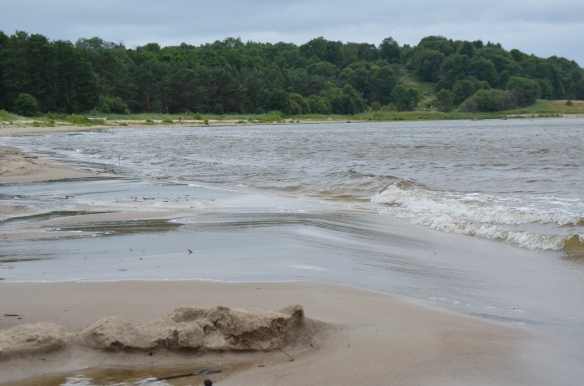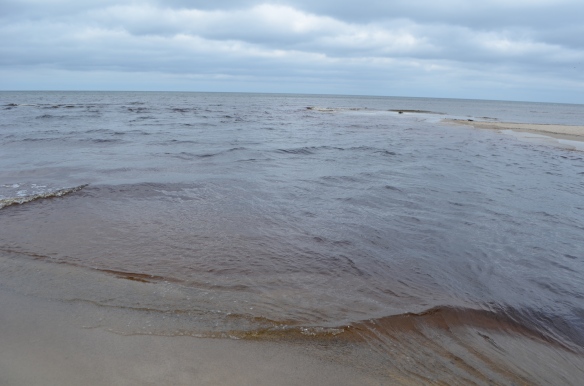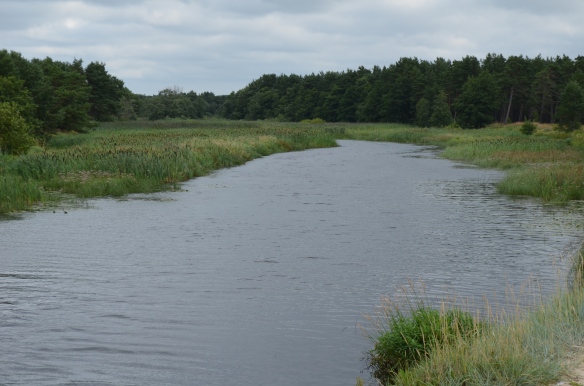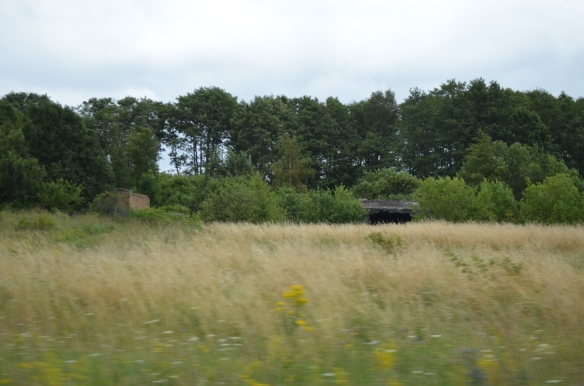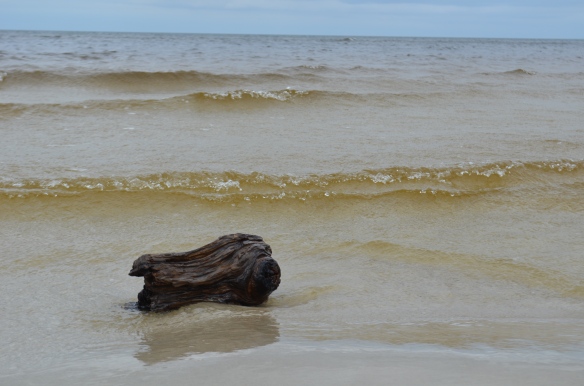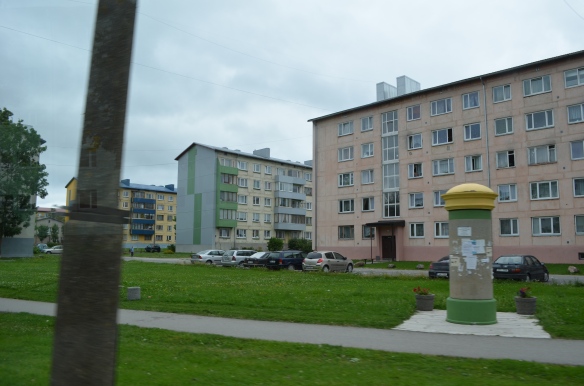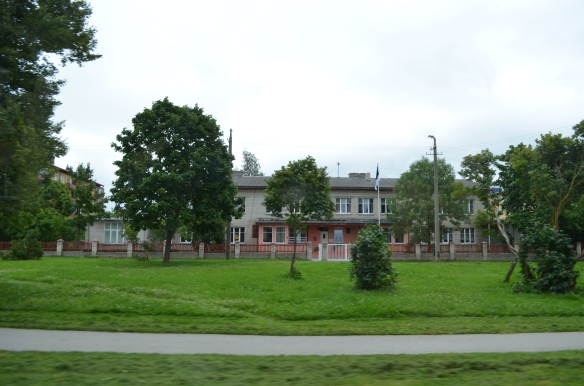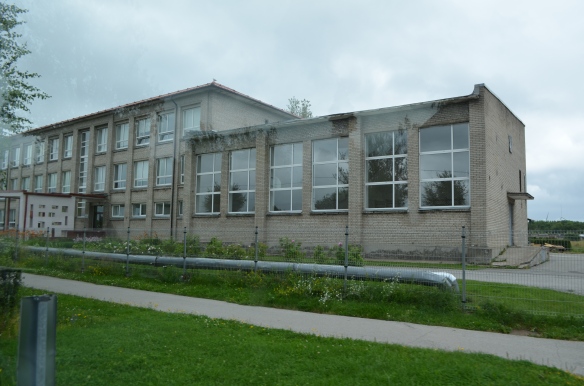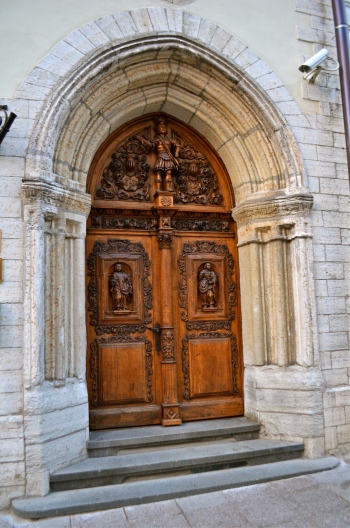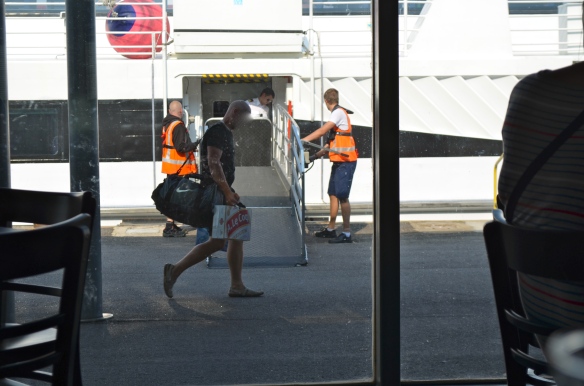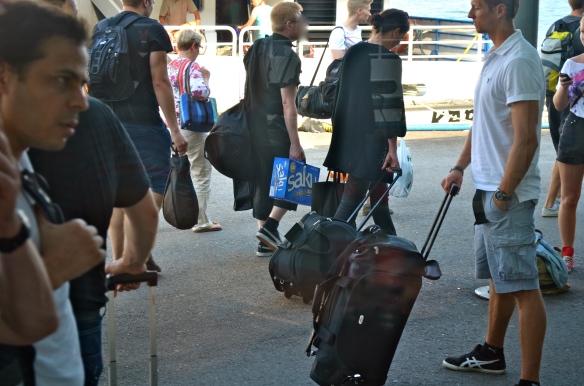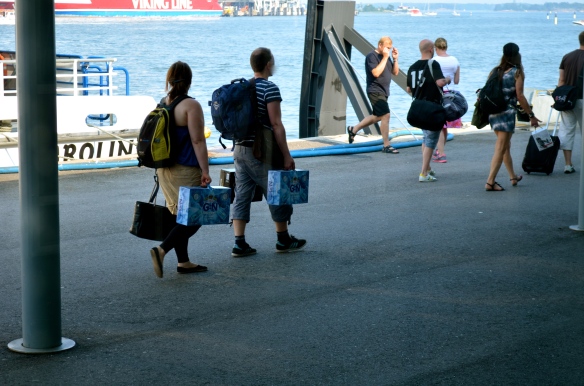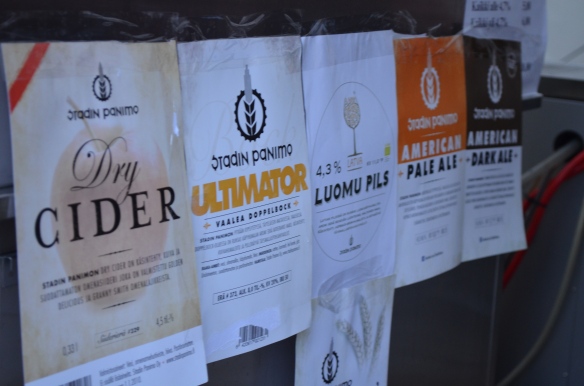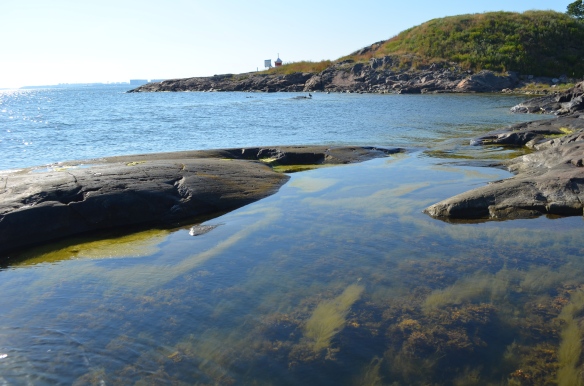Located on the eastern coast of the Baltic Sea, Estonia has a coastline of 3700 meters. Surprisingly, the Baltic is not very salty and rather shallow, so it is warmer than you would expect. I’m not saying its bath water warm, but it’s not Lake Superior cold.
We traveled from Helsinki to Tallinn by boat in about an hour and a half. During the Cold War with Finland so close, the Soviet Union zealously guarded its western coast and Estonia became heavily militarized under communist rule. They were afraid people would defect. Also, large parts of the country were off-limits to all but the Soviet military.
With Finland so close, most of the sea shore was declared a “border zone” meaning they were heavily fortified and citizens were prohibited from entering the water. They monitored the sand to see if there was tracks headed out that did not return. Most beaches were forbidden for Estonians. No one could even travel to the beach on a summer day for some fresh air, non-residents required a permit to visit them.
Our guide told us that under communism this beach had barbed wire, concrete block observation posts (which must have been freezing in winter), other armaments and patrols. Today, they are hugely popular in the summer. Cool young Estonians and families flock to them to swim, play, cook out, camp, and watch the sunset.
It probably didn’t help that the Soviets had one of their three nuclear submarine training facilities not far from there in the city of Paldiski. Its nuclear reactors functioned continuously for twenty years. In addition to the nuclear submarine training center (complete with a full-scale model of a nuclear submarine with working nuclear reactors), it was a support base for the Soviet Baltic Fleet‘s submarines and several other large military bases. A former sailor on a submarine said “I’ve seen the whole world, just not above the water.”
The Soviet Union brought hundreds of thousands of Russian migrants to Estonia to assist with their militarization. This forced migration resulted in an increase of about half a million people in 45 years! The Soviets built Soviet-style buildings apartment buildings for them. The styles are nicknamed after the Premier in power at the time of construction. Apparently you want to live in a Stalin or a Khrushchev and not a Chernenko or a Gorbachev (they were actually General Secretary of the Central Committee of the Communist Party and/or President of the Soviet Union, not Premier), because the quality of the building materials degenerated. By the end, it was pretty shoddy. Once our guide pointed it out, it was easy to see the difference and tell when they were built by their state of decay.
The Soviet Union brought hundreds of thousands of Russian migrants to Estonia to assist with their militarization. This forced migration resulted in an increase of about half a million people in 45 years! The Soviets built Soviet-style buildings apartment buildings for them. The styles are nicknamed after the Premier in power at the time of construction. Apparently you want to live in a Stalin or a Khrushchev and not a Chernenko or a Gorbachev (they were actually General Secretary of the Central Committee of the Communist Party and/or President of the Soviet Union, not Premier), because the quality of the building materials degenerated. By the end, it was pretty shoddy. Once our guide pointed it out, it was easy to see the difference and tell when they were built by their state of decay.
After the end of the “Cold War” the facilities passed to Estonian control in 1994 after the last Russian troops left the country. These Russian Immigrants were given the choice of returning to Moscow or remaining. Many chose to remain in their apartment blocks in former military towns; they’d spent most of their lives there and didn’t want to leave their home. As a result, today there are pockets of people who haven’t integrated into Estonian society, don’t speak Estonian and don’t have employment as the bases closed. Ethnic tensions linger and it is a significant problem for Estonia.
Related articles
- A Hidden Soviet Air Cemetery in an Estonian Forest (schwingeninswitzerland.wordpress.com)
- Terriffic Tallinn (schwingeninswitzerland.wordpress.com)

